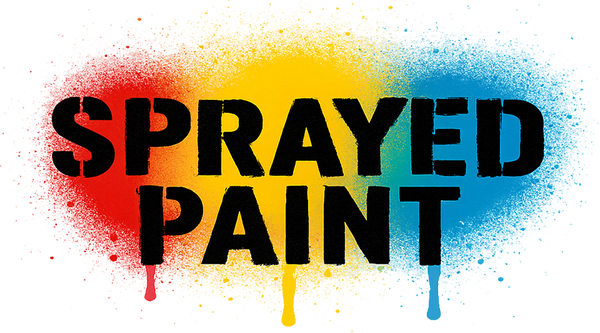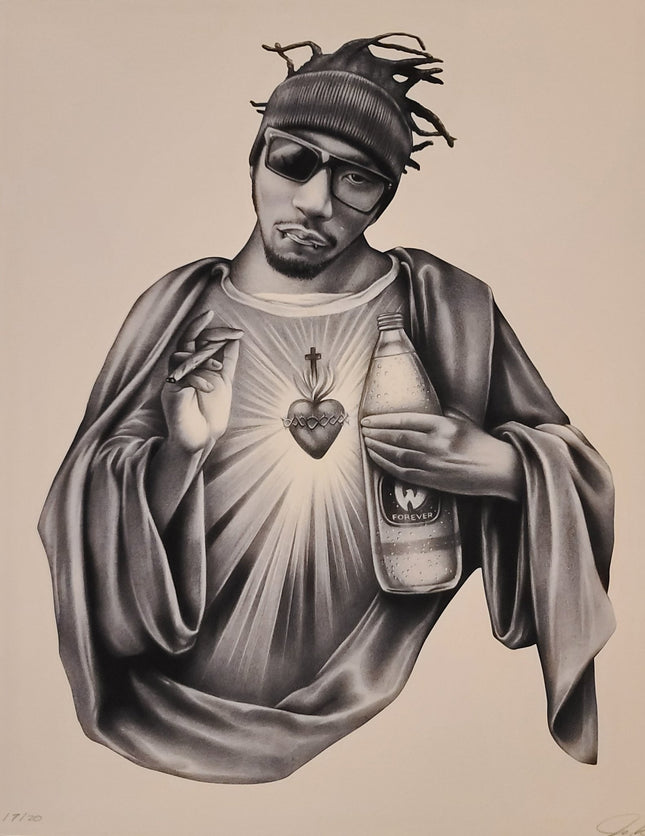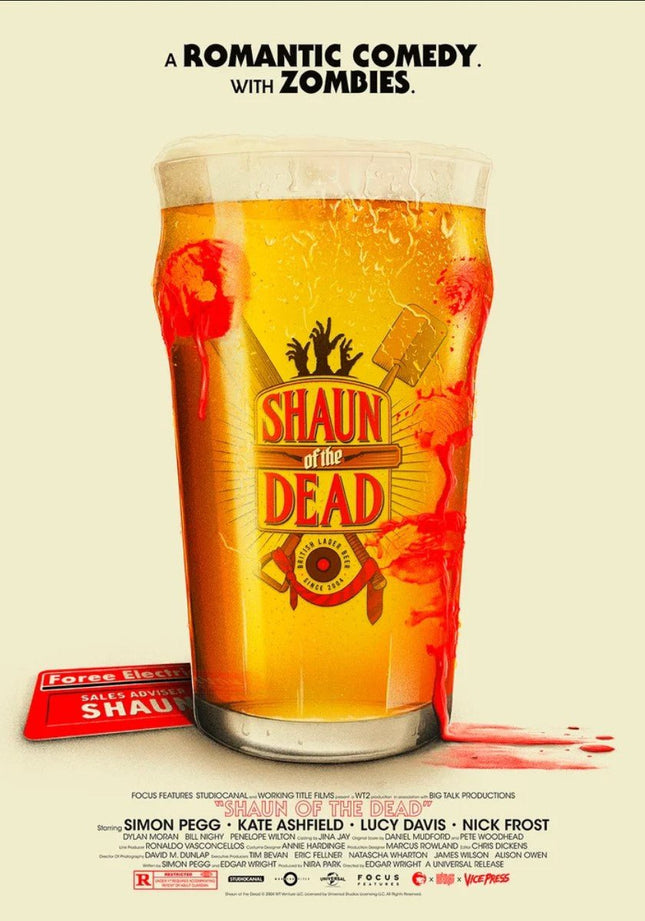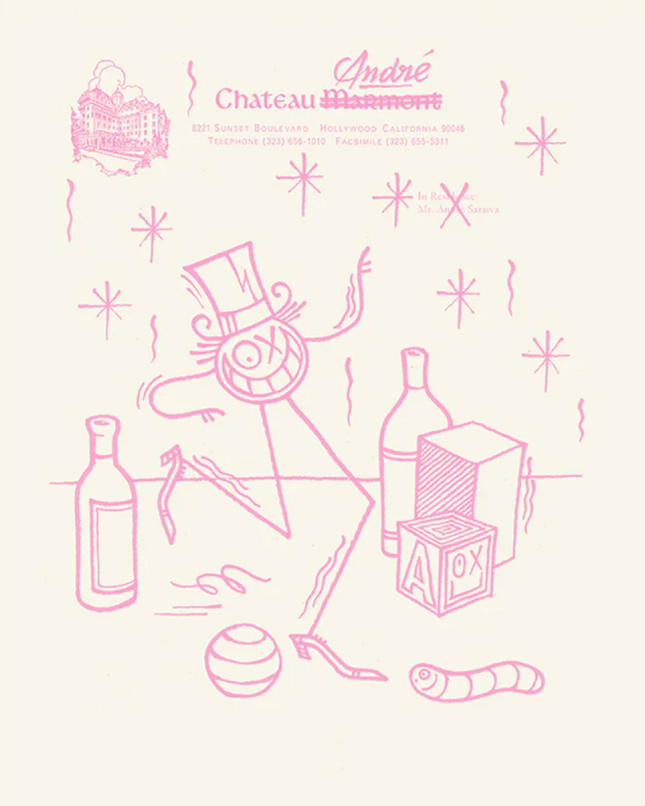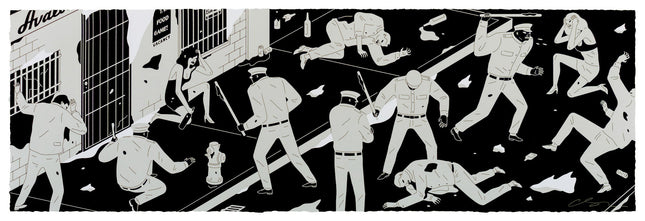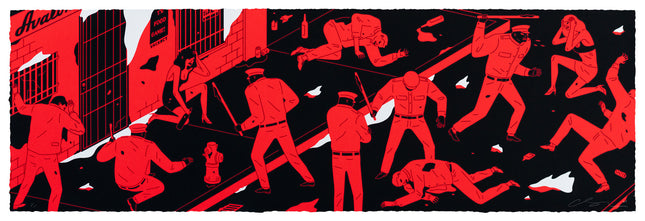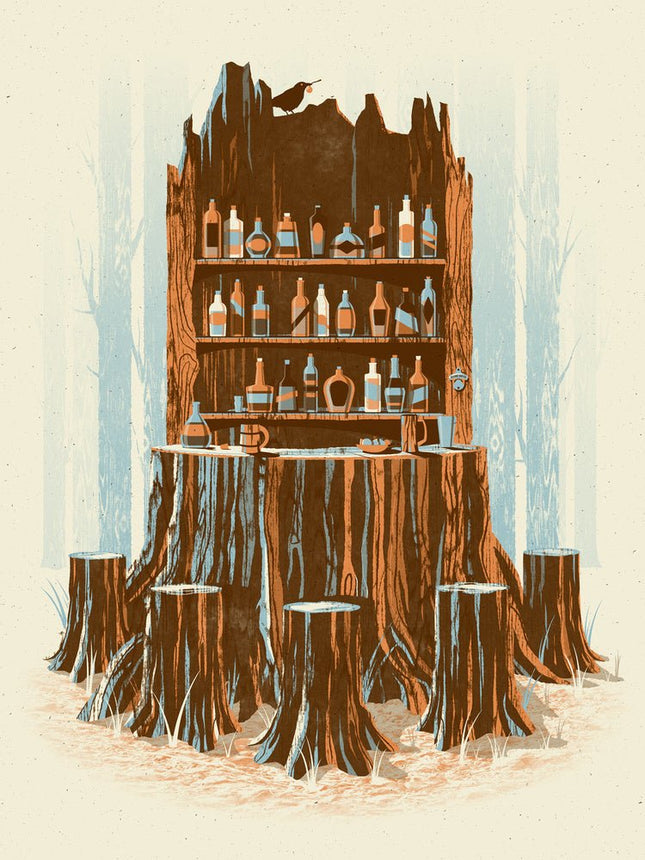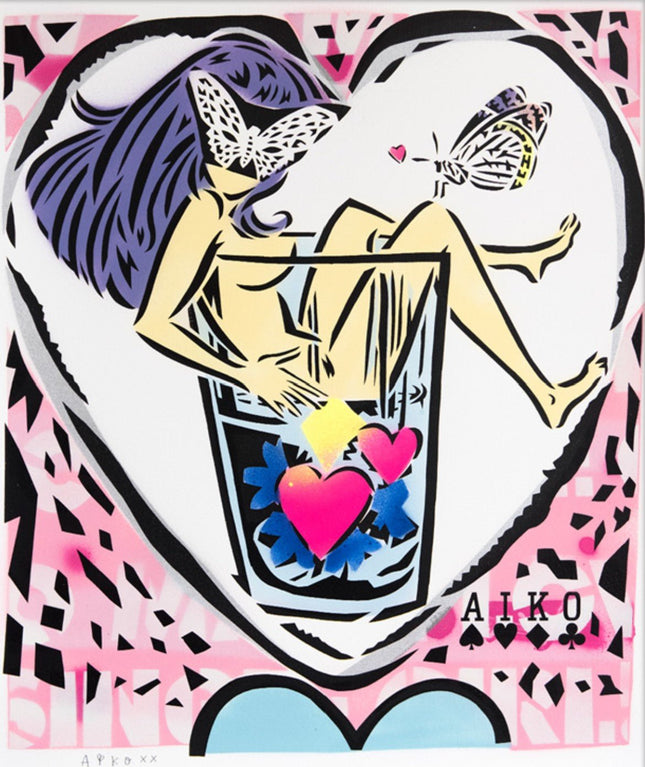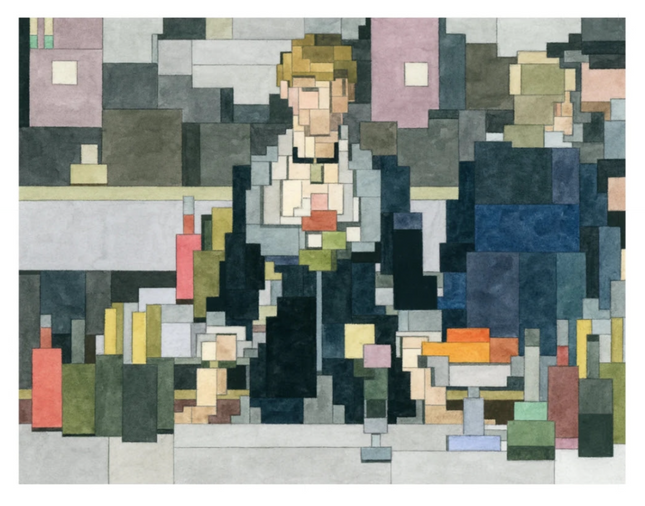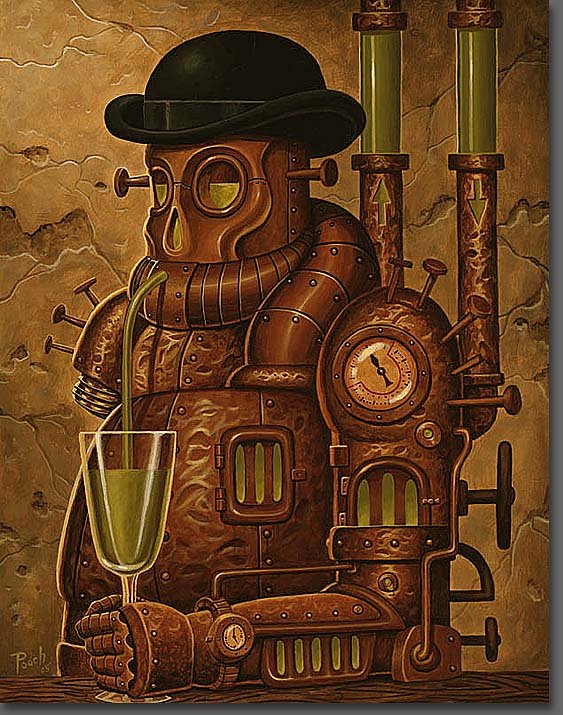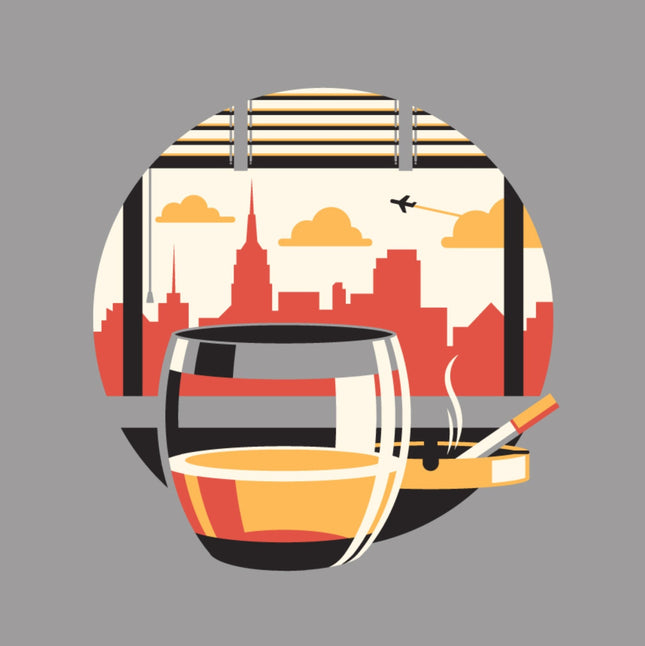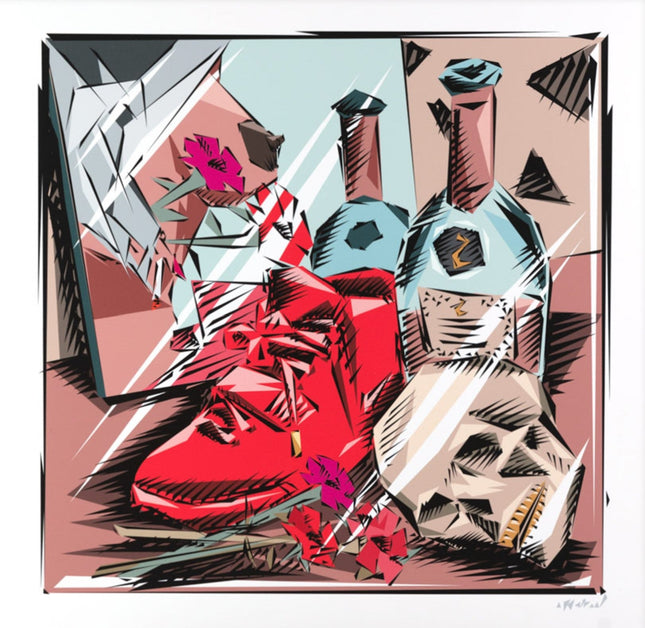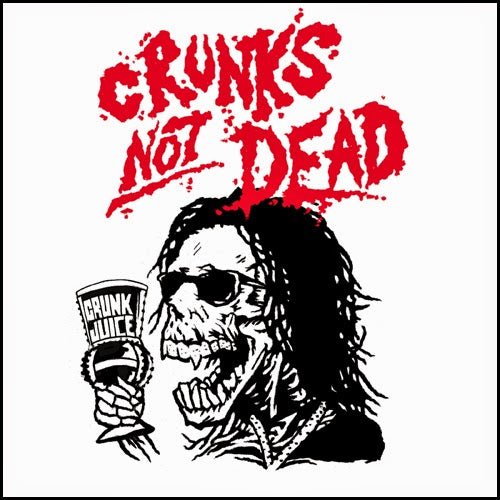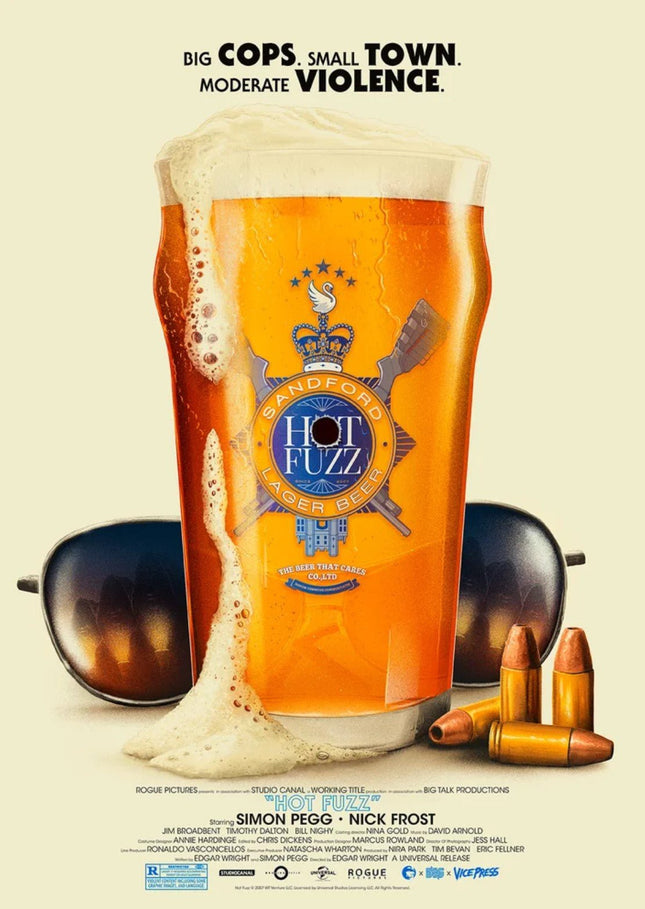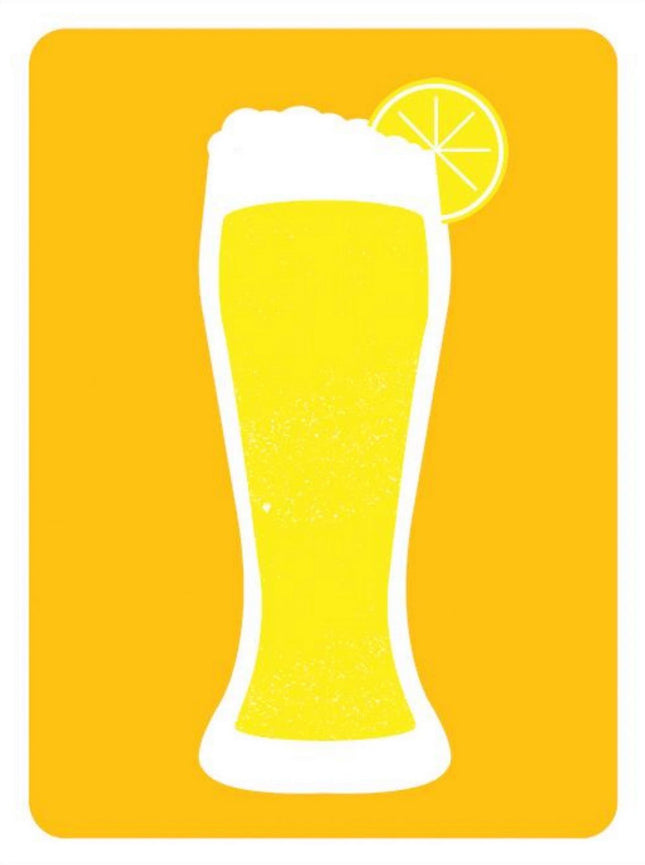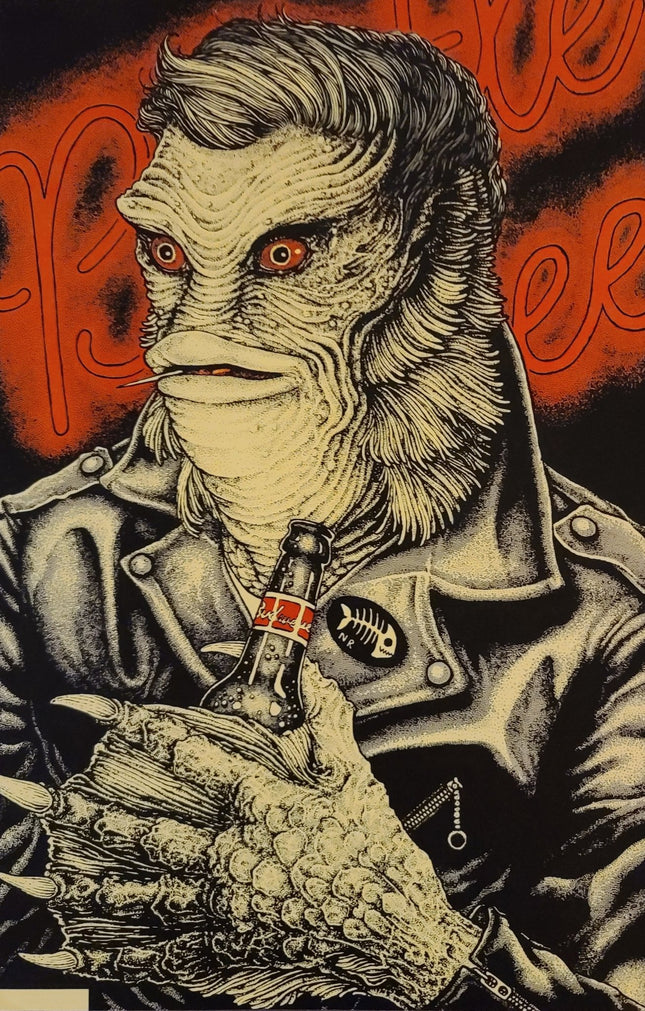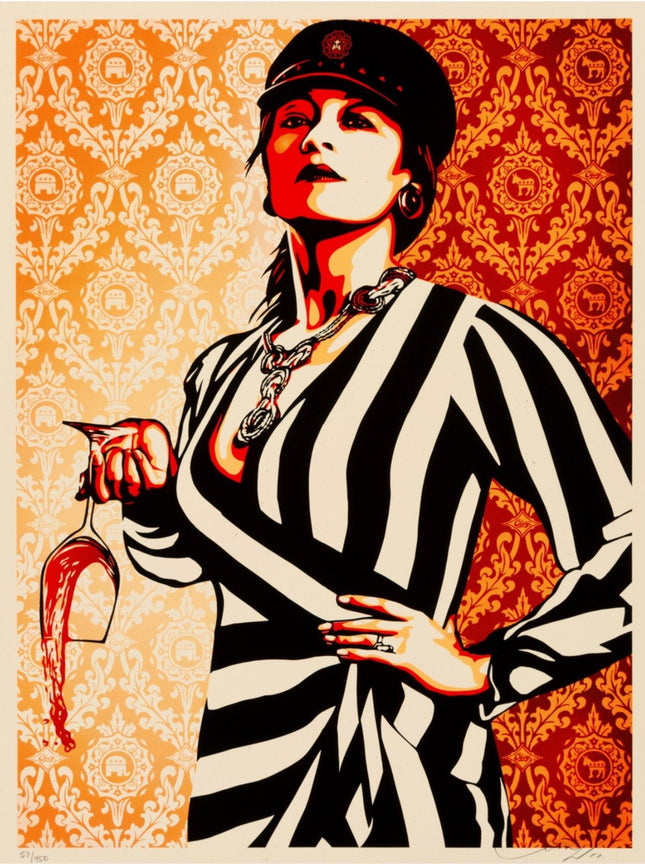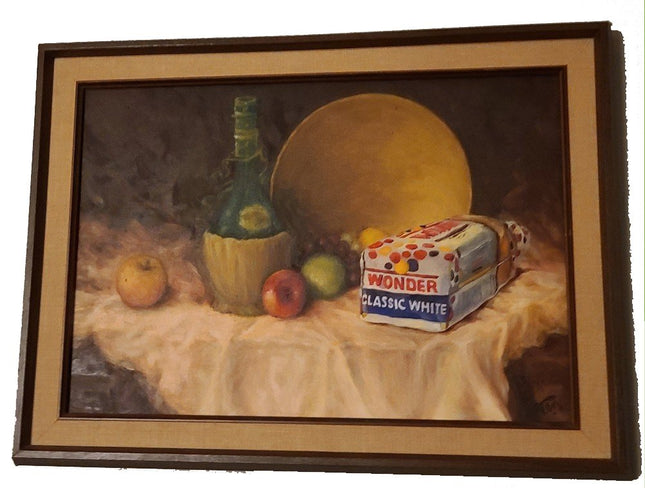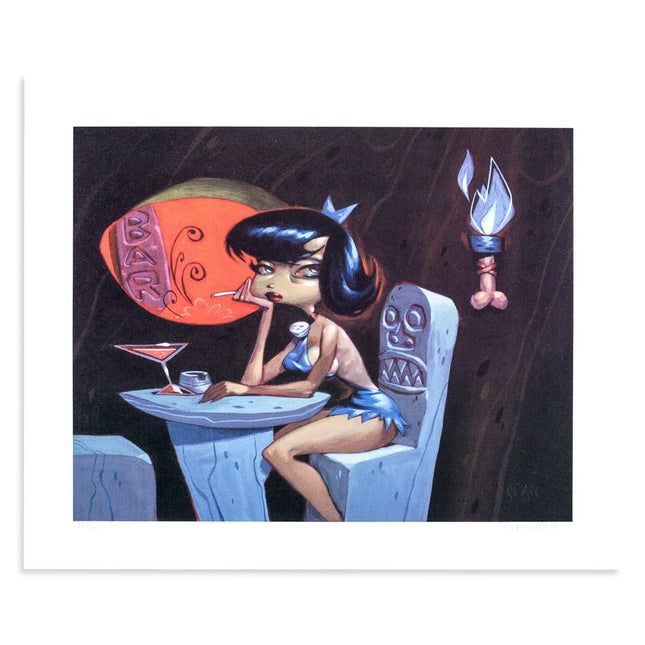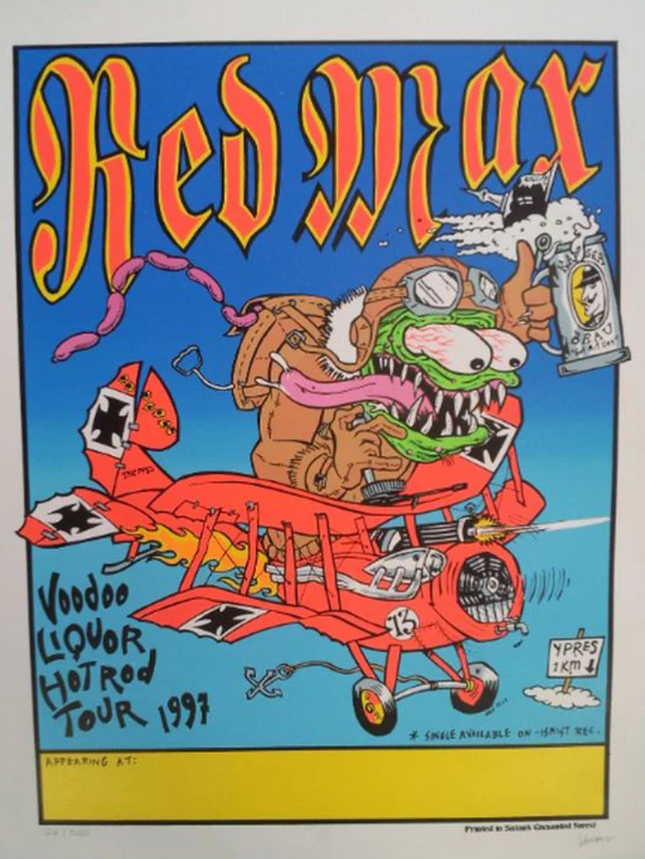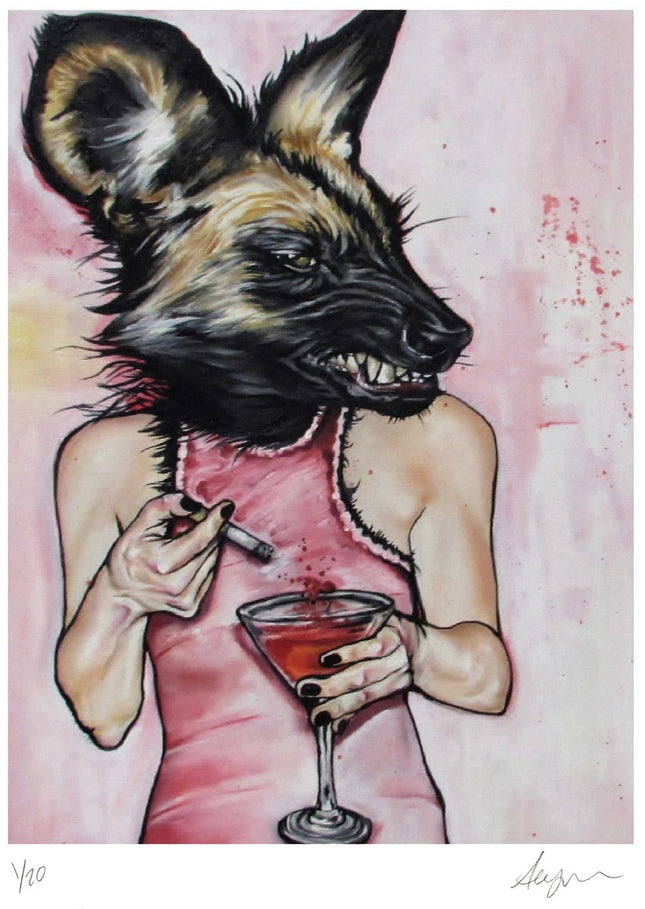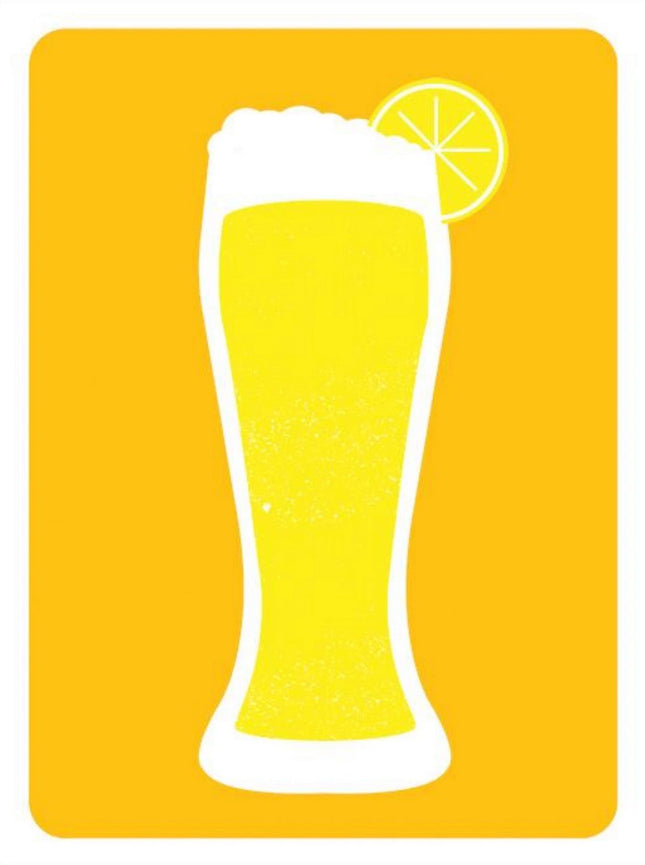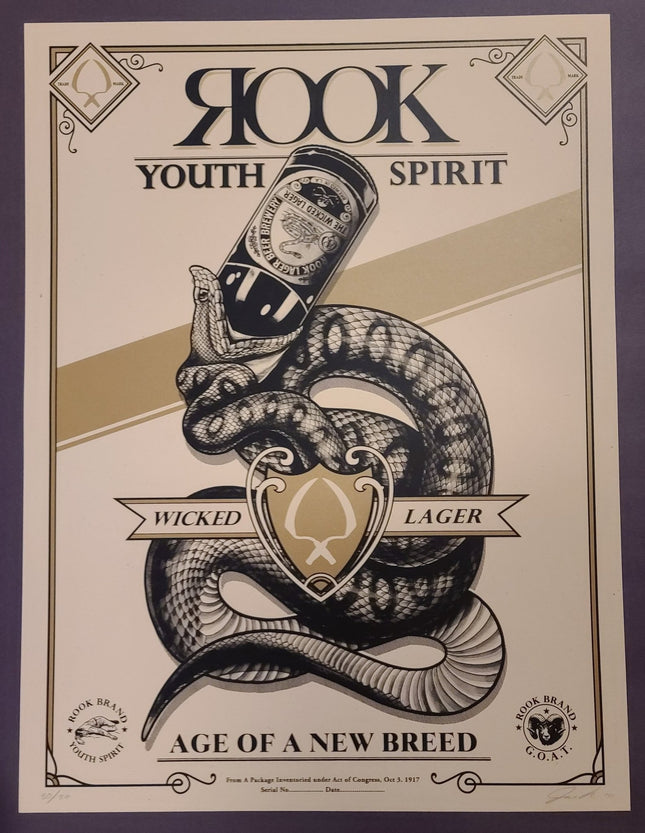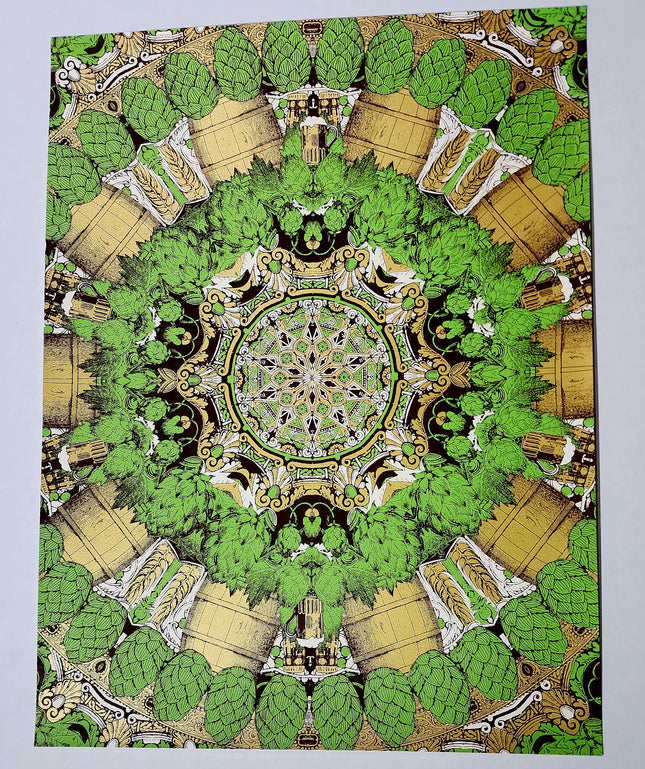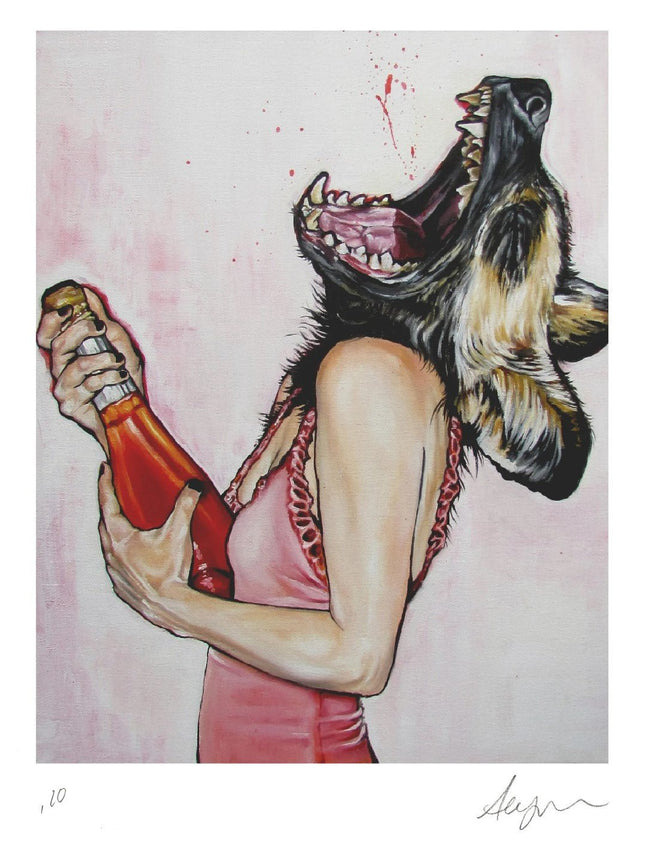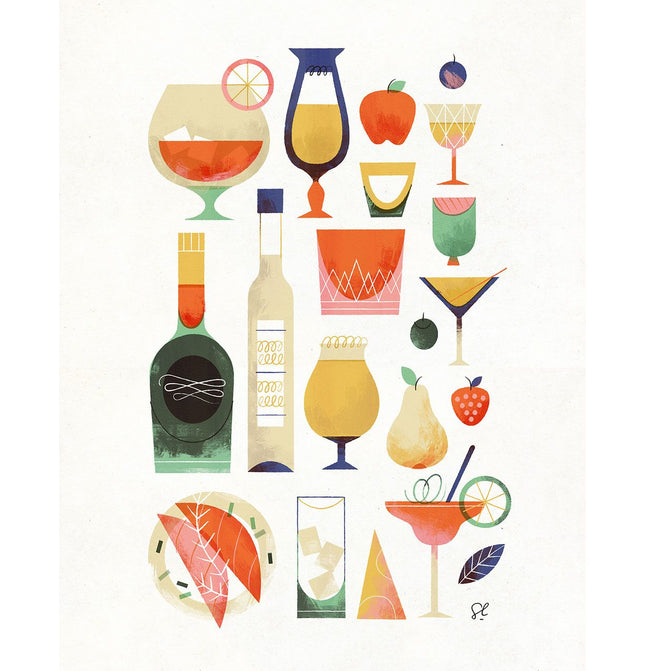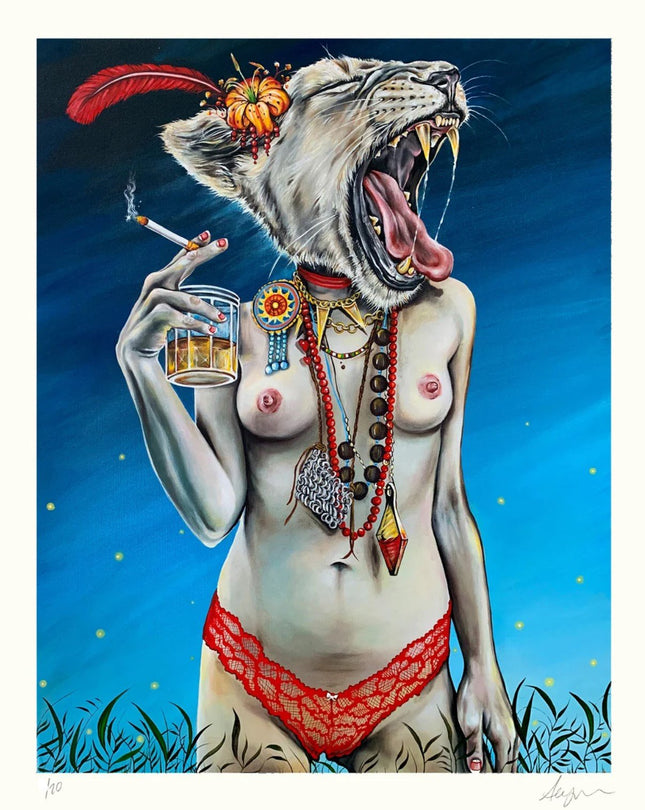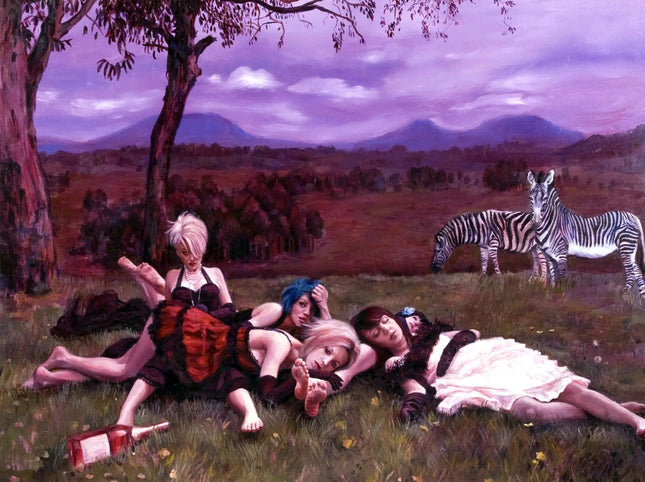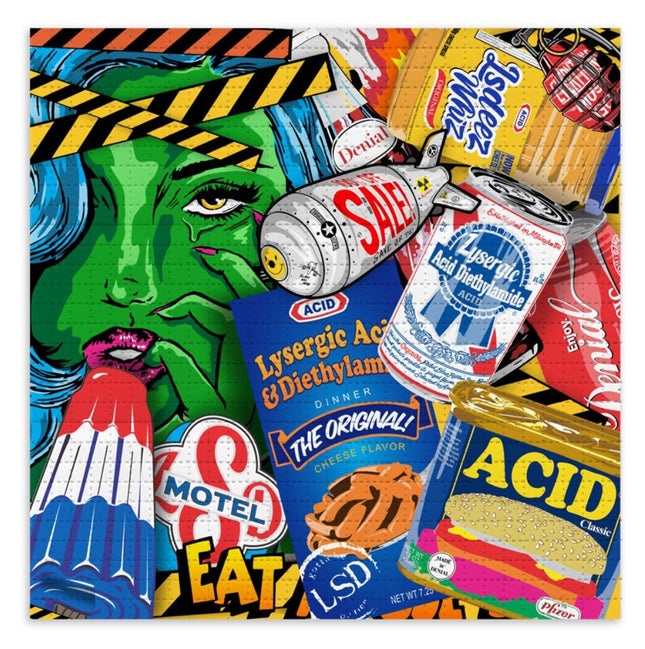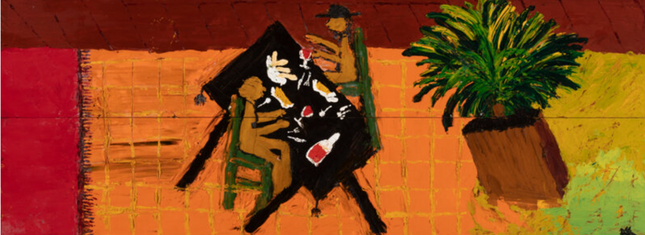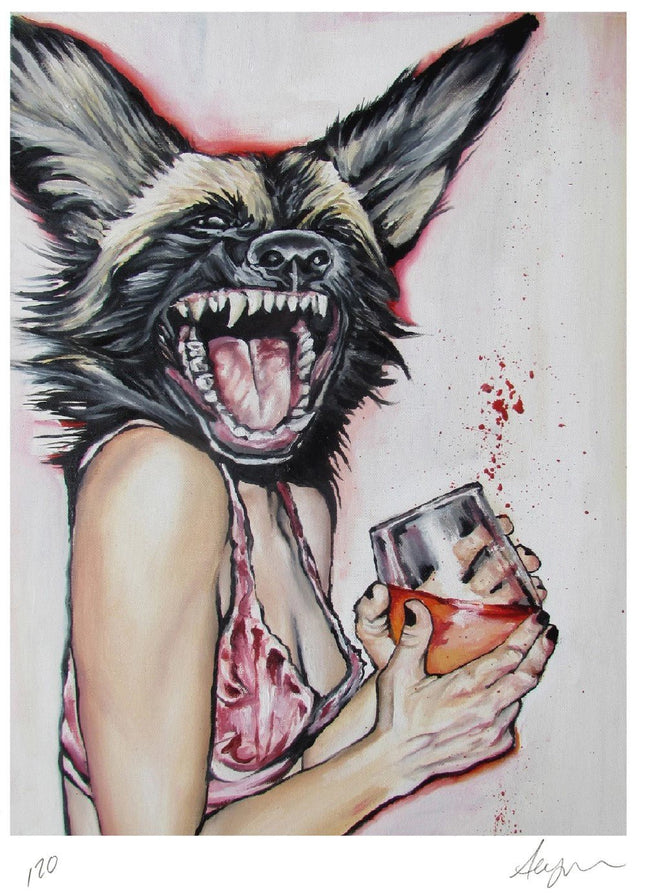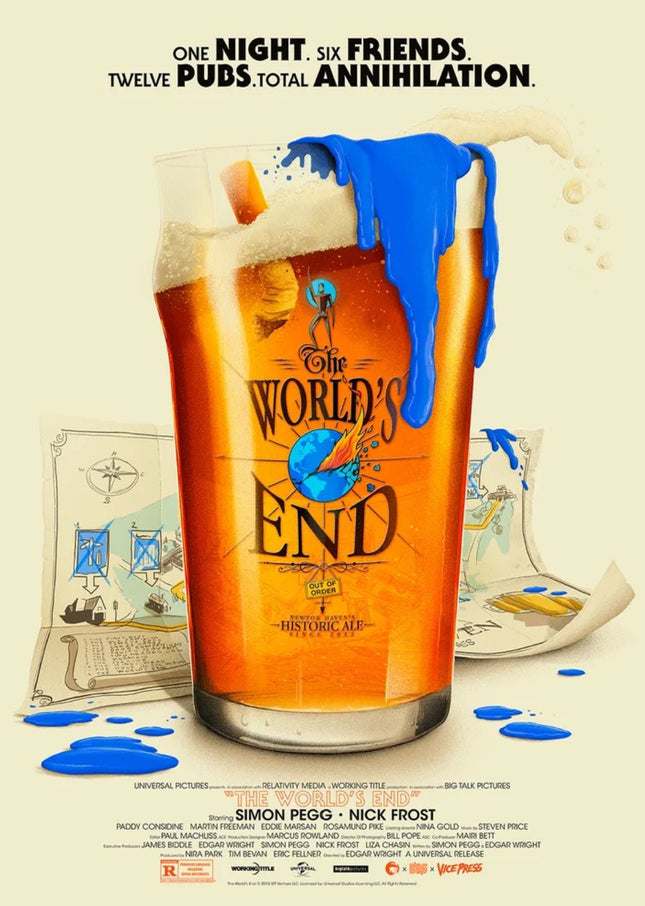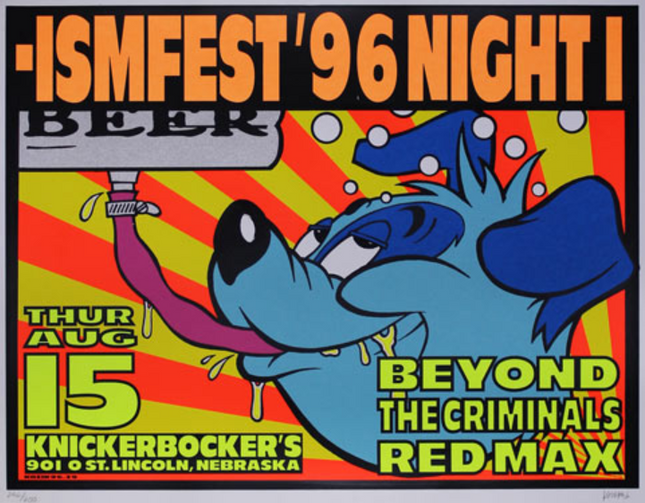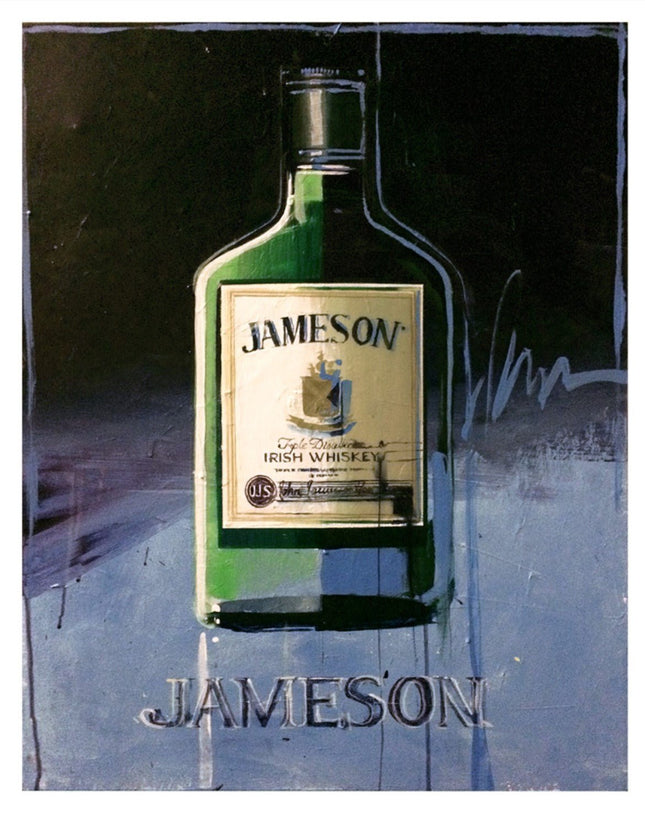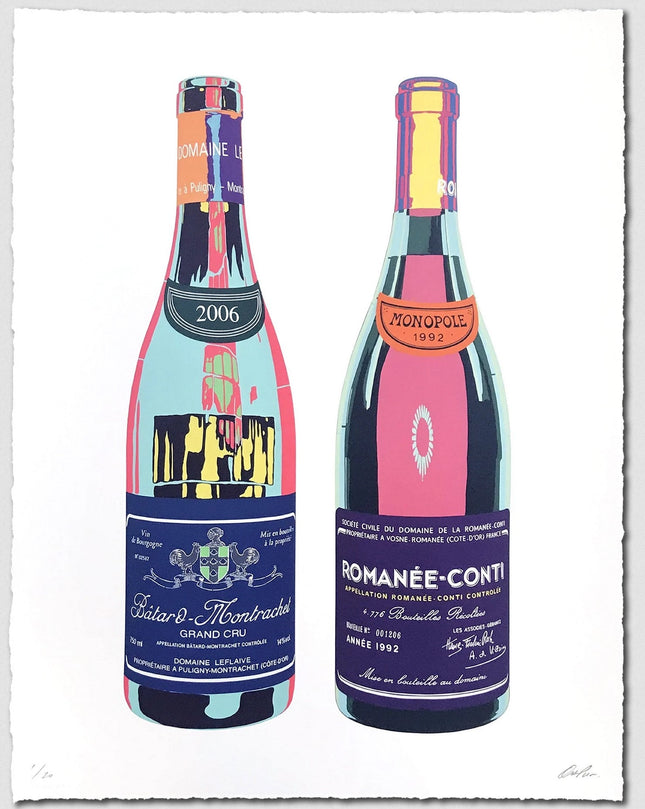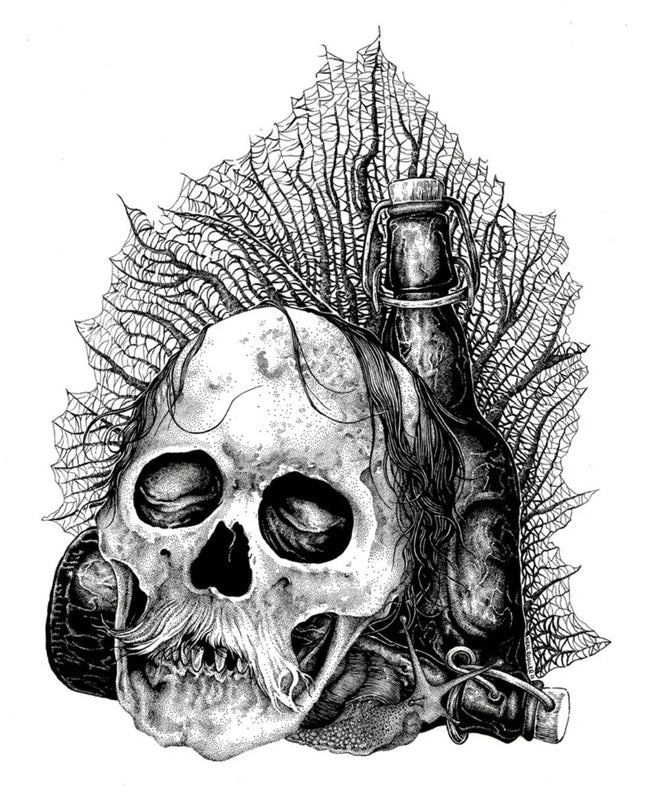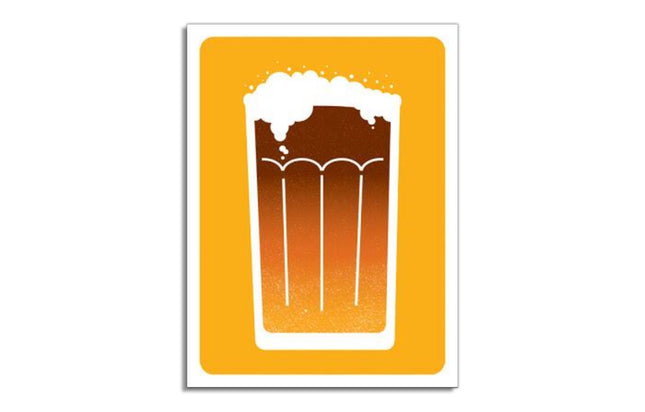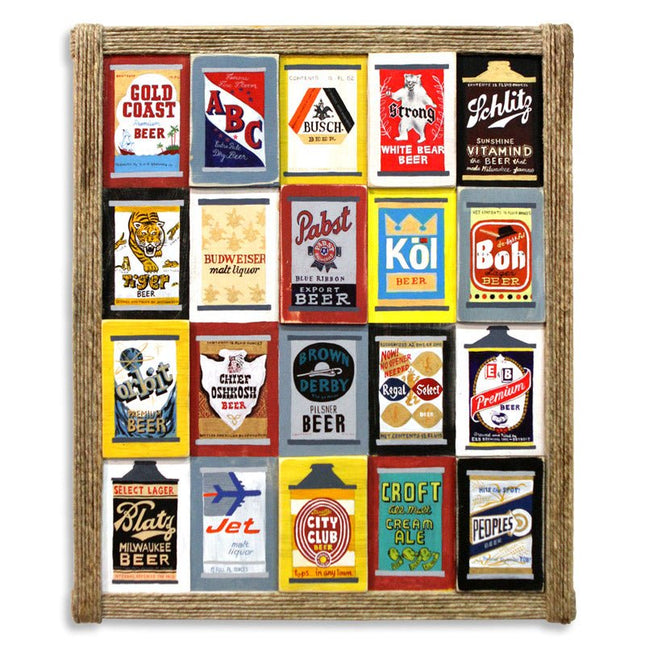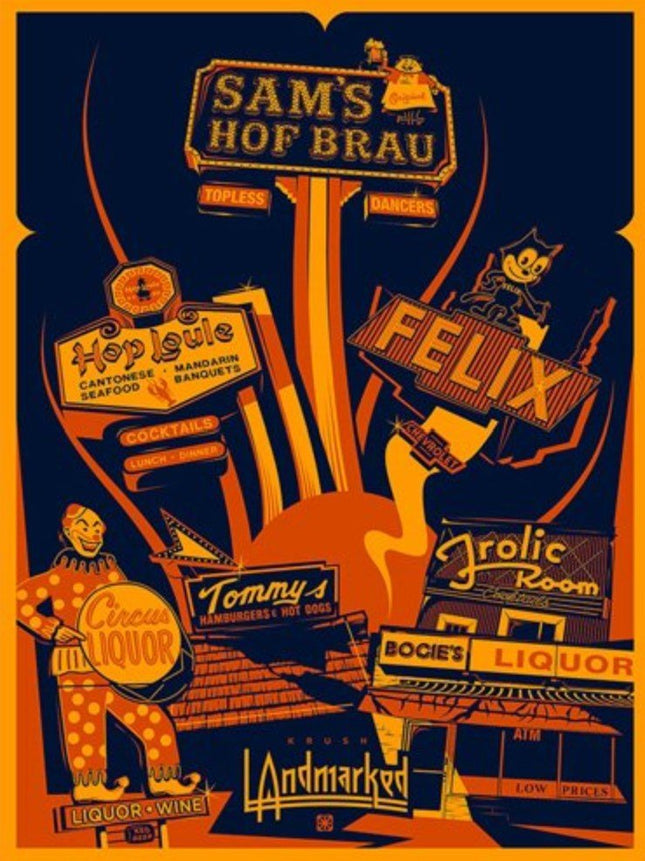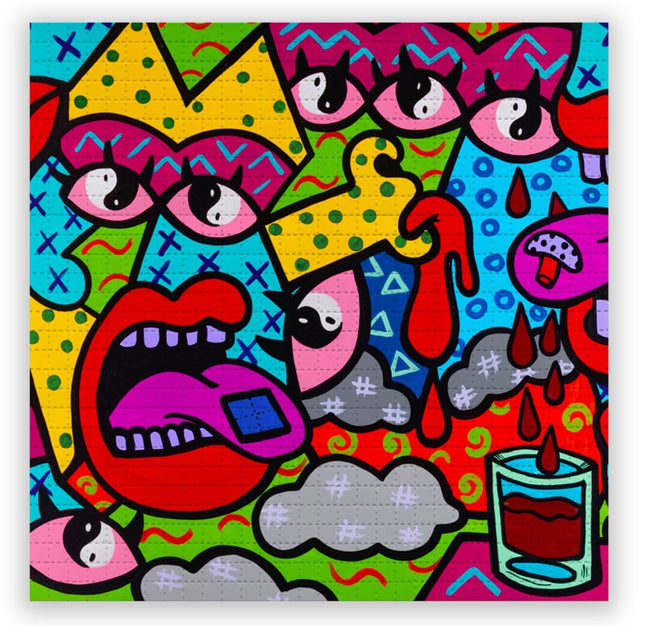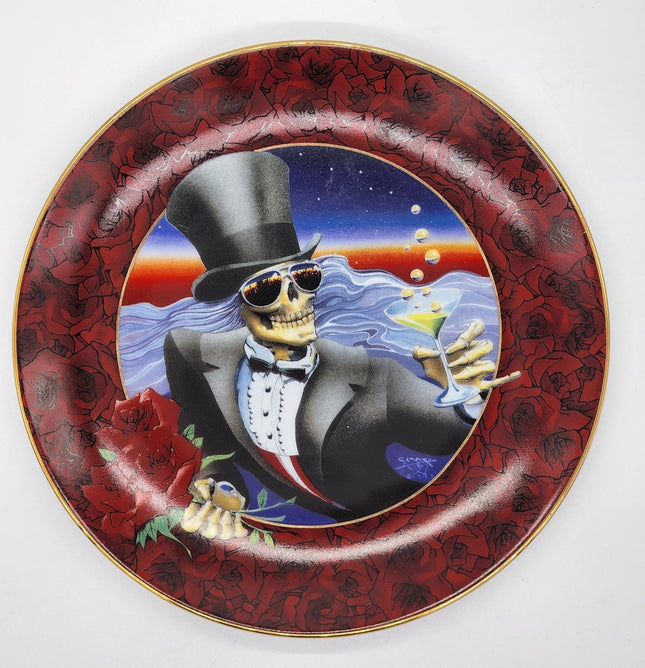
Alcohol Cultural Contexts and Artistic Expressions
Alcohol has been a popular subject in art for centuries, from classical still-life paintings to modern graffiti and pop art. In this essay, I will focus on how alcohol has been represented in graffiti and pop art. Graffiti art is a form of visual communication involving writing or drawing on walls or other public spaces. Graffiti artists use tools such as spray paint, markers, and stencils to create artwork. Alcohol has been a popular theme in graffiti art, especially beer and liquor advertisements. One of the most famous examples of alcohol in graffiti art is the iconic "Stella Artois" mural in Brussels, Belgium. The mural, created in 2008, features the brand's logo in a vibrant red and gold color scheme. The Stella Artois mural has become a landmark and popular tourist attraction in Brussels. Alcohol advertisements in graffiti art can also be found in urban areas worldwide. Graffiti artists use the logos and slogans of popular beer and liquor brands to create bold and colorful murals that stand out in the urban landscape. Some artists use these advertisements to critique the commercialization of alcohol and its impact on society. In addition to ads, graffiti artists also use alcohol as a subject in their artwork. Some artists use alcohol bottles and cans as a canvas, painting elaborate designs and characters on them. These painted bottles and cans are often used as props in photo shoots or gallery display pieces. Pop art is an art movement that emerged in the 1950s and 1960s in Britain and the United States. Popular cultural imagery and objects, such as comic books, advertising, and consumer products, characterize pop art. Alcohol has been a popular subject in pop art, particularly in the work of artists such as Andy Warhol and Roy Lichtenstein.
Alcohol in the Lens of Street Pop Art and Graffiti Artwork
Andy Warhol is the most famous pop artist to use alcohol as a subject in his work. Warhol created a series of silkscreen prints featuring the iconic Coca-Cola logo and the slogan "It's the real thing." Warhol also created a series of paintings featuring the Budweiser logo and the brand's signature Clydesdale horses. Another pop artist who used alcohol in his work was Roy Lichtenstein. Lichtenstein created a series of paintings that depicted scenes from bars and nightclubs, featuring characters drinking and socializing. These paintings often featured bold, comic book-style graphics and captions. Alcohol has also been a popular subject in contemporary pop art. Artists like Damien Hirst and Jeff Koons have created sculptures and installations featuring alcohol bottles and cans. These works often play with scale and materiality, creating oversized or transparent versions of familiar objects. Alcohol has been a popular subject in graffiti and pop art. Graffiti artists use alcohol advertisements and bottles as a canvas for their artwork. In contrast, pop artists like Warhol and Lichtenstein have used alcohol logos and scenes from bars and nightclubs in their paintings. Contemporary pop artists continue to explore the theme of alcohol in their work, creating sculptures and installations that play with scale and materiality. Through their art, these artists explore the role of alcohol in society and its impact on popular culture. Alcohol has long been a potent symbol in various forms of art, representing everything from celebration and festivity to despair and addiction. In street pop art and graffiti artwork, alcohol is often depicted in a way that mirrors its complex role in society. Artists take to city walls to portray bottles, glasses, and bar scenes, infusing their pieces with the same duality that alcohol embodies. These works are splashed across urban landscapes, where they stand as both a critique and an embellishment of modern life.
